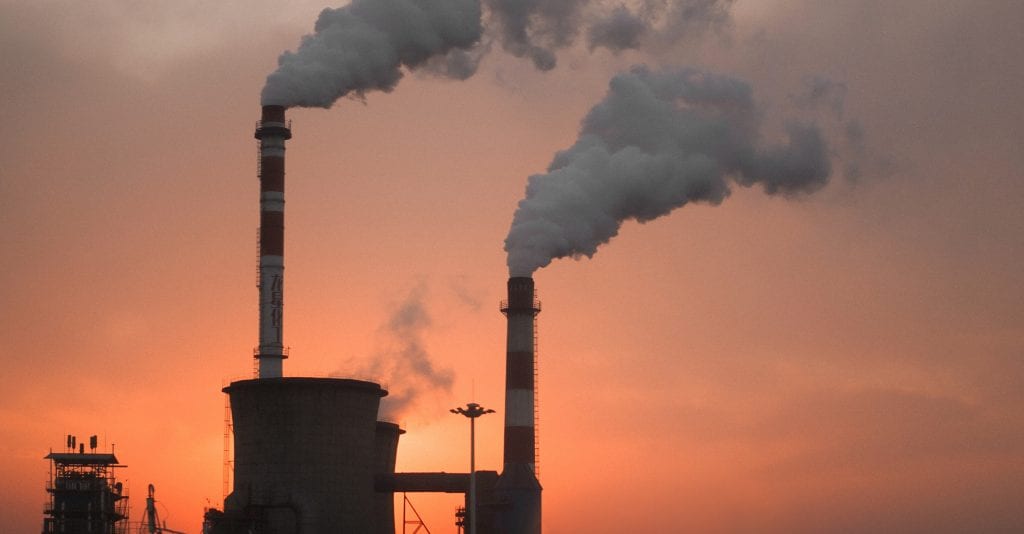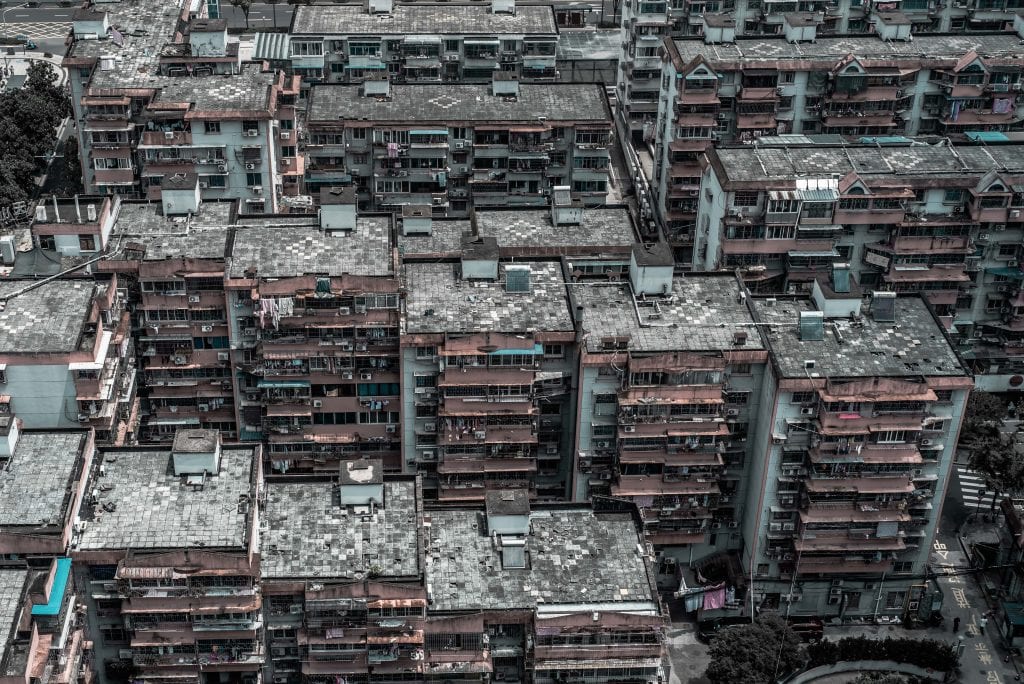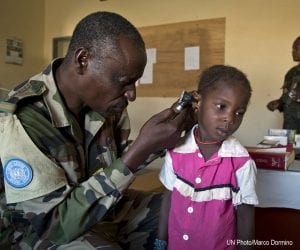We’ve been told that air pollution, smog, and climate change present major health risks, but do we really know the true human cost? The recent Washington Post article, “Exposure to pollution kills millions of children, WHO reports find,” summarizes two new World Health Organization (WHO) reports that lay out the devastating effect of human-caused pollution on children’s health.

New WHO Studies: The Run Down
According to the WHO studies, children under 5 years of age are more at risk from anthropogenic environmental destruction. A quarter of children’s deaths worldwide, over one and a half million total, can be traced back to environmental contamination such as exposure to polluted water, indoor and outdoor pollution, and a general lack of proper sanitation. If pregnant women are exposed to such conditions, their babies are more likely to contract diseases such as pneumonia or experience hindered brain development.
These studies make for sad reading, and it is worth considering the underlying causes of this harmful environmental degradation.
Historical Perspective on Child Mortality
The health risks we face today did not occur overnight. In fact, their beginnings can be traced back over two hundred years. The Industrial Revolution lasted from the late 18th century through the mid-19th century and brought advancements in technology and science that improved sanitation, leading to lower mortality rates and longer lifespans. Thus began a population boom that only increased in intensity throughout the 20th century.
Other changes during this period included technological progress that mechanized textile production, boosted the efficiency of agriculture practices, and quickened travel. This new focus on factory production rather than artisanal work centralized job opportunities in cities, particularly those with access to waterways that made mass distribution of goods easier. As our population continued to grow, this resulted in mass migration to these urban areas. Cities were, and still are, unprepared for this rapid urbanization, leading to the multitude of health issues that these WHO reports touch on.

Urbanization: Looking at Both Sides of the Coin
Technological innovation and rapid urbanization are by no means inherently bad. The advancements in production and travel that started with the Industrial Revolution planted the seed of the globalized economy that we see today – one in which nations establish peaceful relationships based on mutual economic benefit. Moreover, cities are incubators for the exchange of disparate ideas, provide easy access to the arts and culture, present better job opportunities, and lessen urban sprawl.
Rather, it is the unchecked and unplanned growth of cities that present a danger to our health. When cities are unprepared for rapid growth, they experience issues with poor housing and inadequate sanitation systems. Additionally, all of those cars and buses that zip around city streets not only contribute to the thinning of the ozone layer by releasing greenhouse gases, but they also put harmful pollutants into the air that are partially responsible for the child mortality rates highlighted by the WHO studies.
Connections with Population Education
The release of these studies comes at a particularly appropriate time for our work at Population Education. One of the topics that students could choose to tackle in their World of 7 Billion video contest submissions was rapid urbanization, which was perhaps the most popular of the three choices. As the WHO statistics illustrate, our rapidly urbanizing world presents serious health risks to the most vulnerable members of society. It is heartening to know that the next generation is already working on creative solutions for a problem whose human cost demands our full attention.
Image credits: Factory pollution by Alexander Tsang on Unsplash, Urban buildings by ZHANG FENGSHENG on Unsplash



